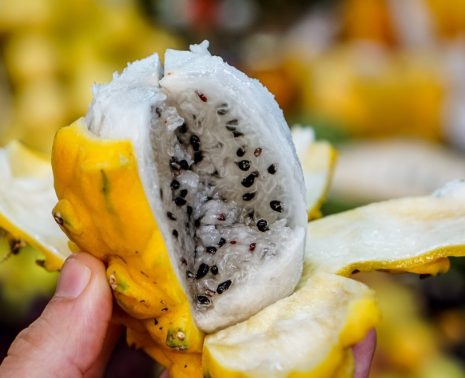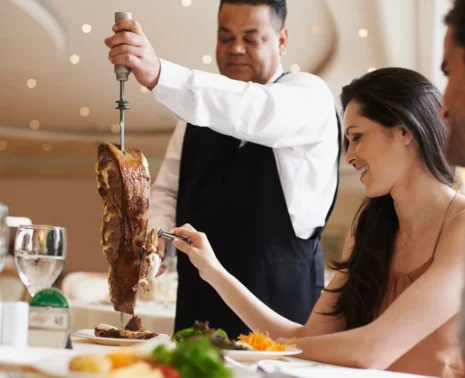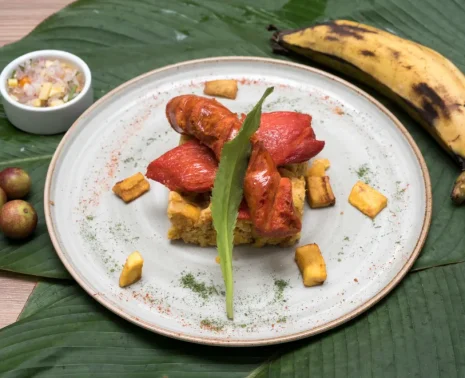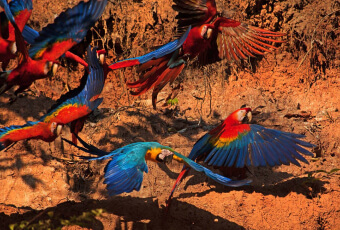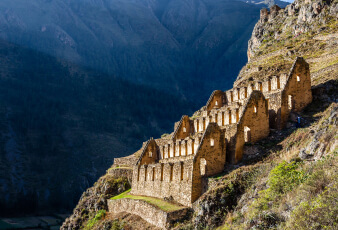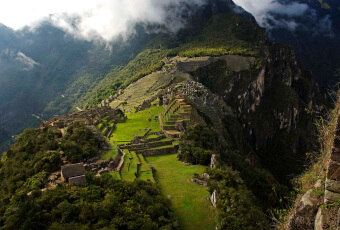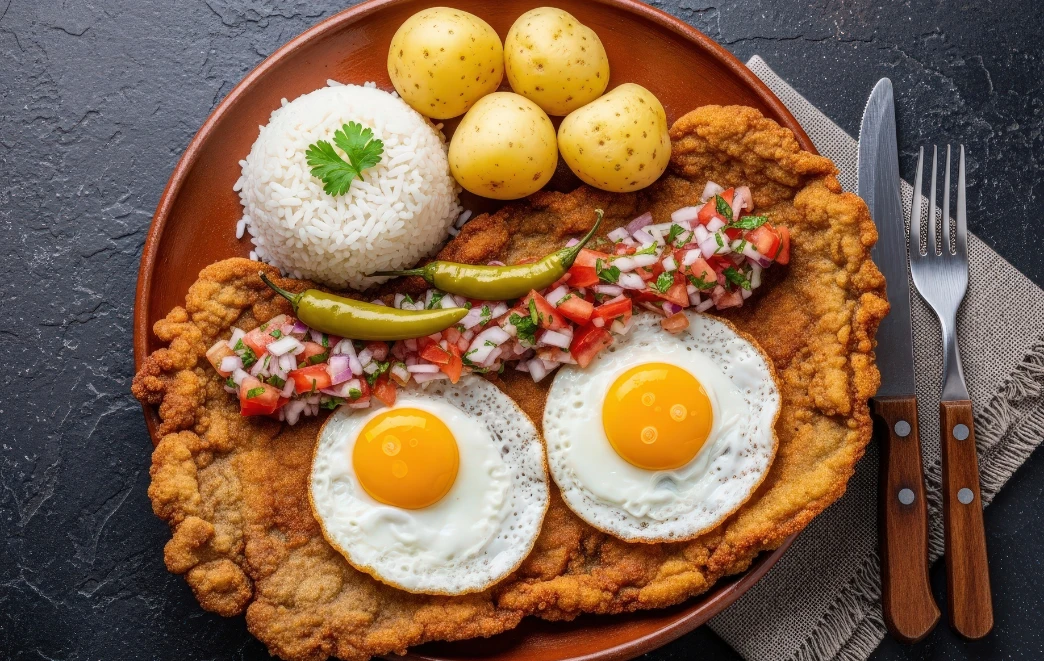
Where Heritage Shapes Every Bite
When McDonald’s closed all of its restaurants in Bolivia in 2002, it became a global news story. But for Bolivians, it was hardly a surprise. This is a country where food is more than fuel, it is heritage, pride, and a language of its own. Recipes here are not rushed; they are cherished, passed down through generations, and prepared with care that no fast-food chain could match.
Travelers who come to Bolivia quickly realize that dining here is an immersion into culture. Every dish tells a story of the landscapes it comes from, the windswept Altiplano, fertile valleys, and lush Amazonian lowlands, and the communities that have preserved these flavors for centuries. With Kuoda, experiencing Bolivian cuisine traditions means more than tasting. It means stepping into kitchens, markets, and homes to understand the heart and soul behind each plate.
The Foundation of Bolivian Flavors
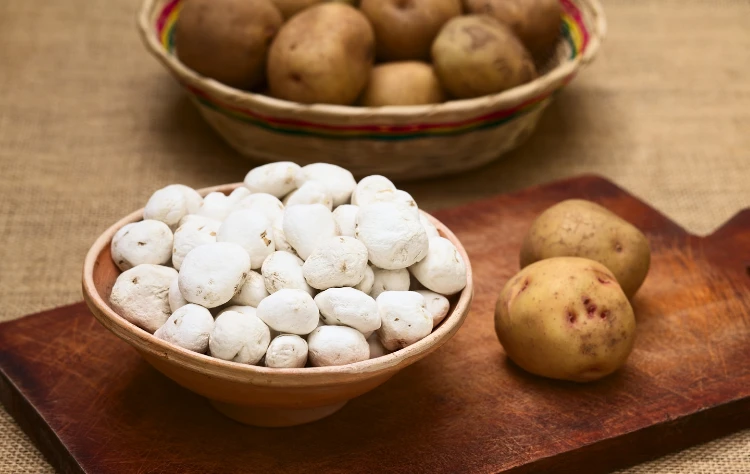
Bolivia’s remarkable geography gives rise to a stunning variety of ingredients, many cultivated since pre-Columbian times. These staples are the threads that weave together the country’s culinary identity.
Quinoa, once considered sacred by the Incas, grows in the high-altitude plains and forms the base of soups, salads, and stews. Potatoes, with more than 200 native varieties, appear in countless forms, from freeze-dried chuño to creamy papas rellenas. Corn, or maíz, adds sweetness to breads, richness to soups, and depth to traditional drinks like chicha. Aji peppers bring warmth and complexity rather than overpowering spice, enhancing dishes without masking their natural flavors.
Together, these ingredients create a cuisine that is hearty yet nuanced, deeply rooted in the land, and inseparable from Bolivia’s cultural identity.
Signature Dishes Worth the Journey
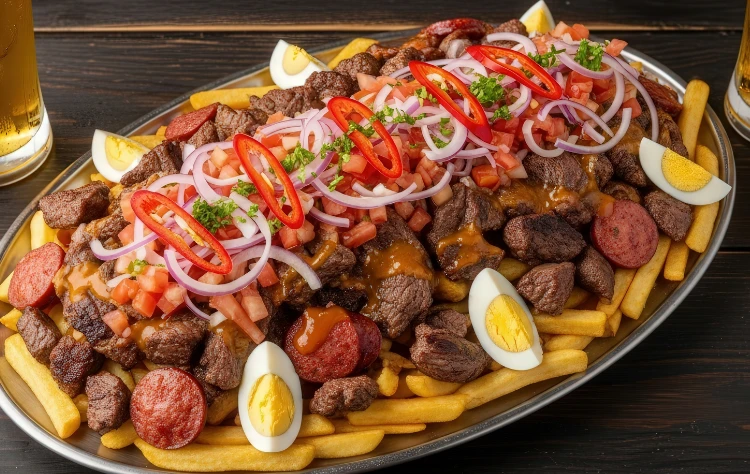
Some dishes in Bolivia are so intertwined with daily life and celebration that they have become icons.
Salteñas – These golden pastries, filled with a savory mix of meat, vegetables, broth, and spices, are enjoyed as a mid-morning snack and cherished for their rich flavor and delicate balance.
Pique Macho – A generous platter of beef, sausage, fried potatoes, onions, and boiled eggs, finished with aji sauce. It’s a feast meant for sharing with friends and family.
Sajta de Pollo – A tender chicken dish in a peanut-based sauce, accompanied by potatoes and rice, offering a taste of the highland Andean palate.
Api con Pastel – A sweet corn drink, served warm and paired with airy fried pastries sprinkled with sugar, perfect for a cool morning.
Each of these plates carries more than flavor, it carries tradition, memory, and a sense of place.
Experiencing Bolivian Cuisine with Kuoda
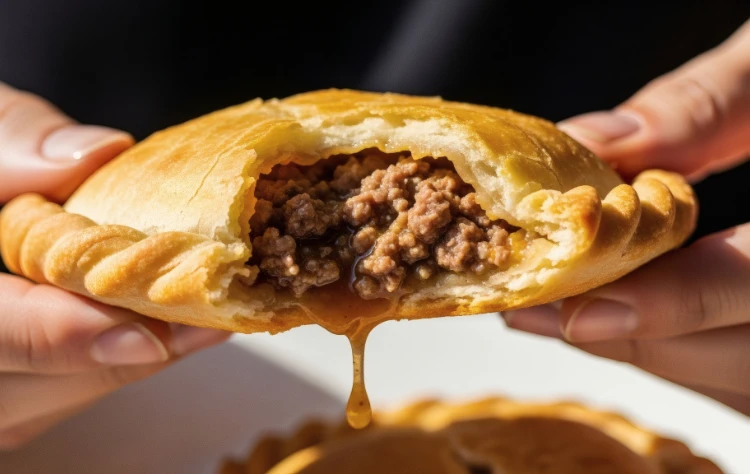
In Bolivia, luxury is not about white tablecloths alone. It’s about exclusive access, private encounters, and the chance to connect deeply with the culture.
On a private market tour in La Paz, a local chef will guide you through rows of vibrant produce, medicinal herbs, and exotic fruits, sharing stories of their origins and uses. In Sucre or La Paz, you might step into a private kitchen to prepare salteñas from scratch, learning the secrets of their delicate dough. In the valleys of Tarija, exclusive wine tastings introduce you to high-altitude vintages paired with artisanal cheeses.
Each experience is crafted to be personal and unhurried, allowing you to savor not only the food but the human connection behind it.
A Culinary Map of Bolivia
The Altiplano – High-altitude dishes like chairo soup and llama meat stews provide warmth and sustenance against the cold.
The Valleys – A gentler climate brings fresh vegetables, orchards, and Bolivia’s finest wines. Tarija’s vineyards produce distinctive vintages that thrive at altitudes over 6,000 feet.
The Amazonian Lowlands – Here, freshwater fish, yucca, and tropical fruits like cupuaçu and açaí define the cuisine, offering a refreshing contrast to highland fare.
Traveling across these regions feels like turning the pages of a culinary atlas, each destination revealing its own chapter.
Food as Celebration
In Bolivia, food is at the center of life’s most important events. Festivals are marked by elaborate spreads, prepared communally and shared generously. During All Saints’ Day, families bake tantawawas, sweet breads shaped like children, as offerings for loved ones who have passed. Carnival brings together communities to enjoy pork, potatoes, and maize after days of parades and dancing.
These moments reflect the deep ties between food, memory, and identity, and show how Bolivian cuisine traditions are inseparable from the country’s cultural fabric.
Why Fast Food Couldn’t Compete
The story of McDonald’s in Bolivia is not one of rejection for the sake of novelty, but rather a natural expression of values. Fast food’s speed and uniformity clashed with a culinary culture that treasures time, patience, and connection. Traditional Bolivian dishes often require hours, even days, of preparation, and the act of cooking is as meaningful as the final result.
This is why travelers who dine here find the experience transformative. Meals become moments of storytelling, laughter, and human connection, not just transactions.
FAQs on Bolivian Cuisine Traditions
What is the most famous Bolivian dish?
Many would say salteñas, though pique macho and silpancho are equally beloved.
Is Bolivian food spicy?
Most dishes are mild, but fresh llajwa sauce made with aji peppers can add a pleasant kick.
Are vegetarian travelers catered for?
Absolutely. Quinoa, corn, and potato-based dishes offer delicious vegetarian options.
When is the best time to visit for food lovers?
May to October offers ideal travel weather, but seasonal festivals year-round make any time special.
Savor Bolivia with Kuoda
Exploring Bolivian cuisine traditions with Kuoda is an invitation to go beyond the plate. It’s about connecting with the farmers who grow the ingredients, the chefs who reinterpret ancestral recipes, and the families who keep these traditions alive. Whether you are sampling street food in a bustling market or enjoying a private dinner prepared by a renowned chef, you will taste not only the flavors of Bolivia but its history, culture, and soul.
With Kuoda, every meal is part of your journey, an experience as memorable as the landscapes you explore.
Fruit Markets in Colombia: A Feast of Color, Flavor, and Culture
Colombia’s fruit markets are more than places to shop, they’re living mosaics of color, flavor, and cultur...
Read PostArgentina Meats: A Culinary Journey into the Soul of the Pampas
In Argentina, meat is more than cuisine, it’s culture. It’s a ritual performed over fire, a language spoke...
Read PostPeru Culinary Tours: A Taste of Tradition and Innovation with Kuoda
Peru has earned global recognition as one of the world’s top culinary destinations, celebrated for its fusio...
Read Post










